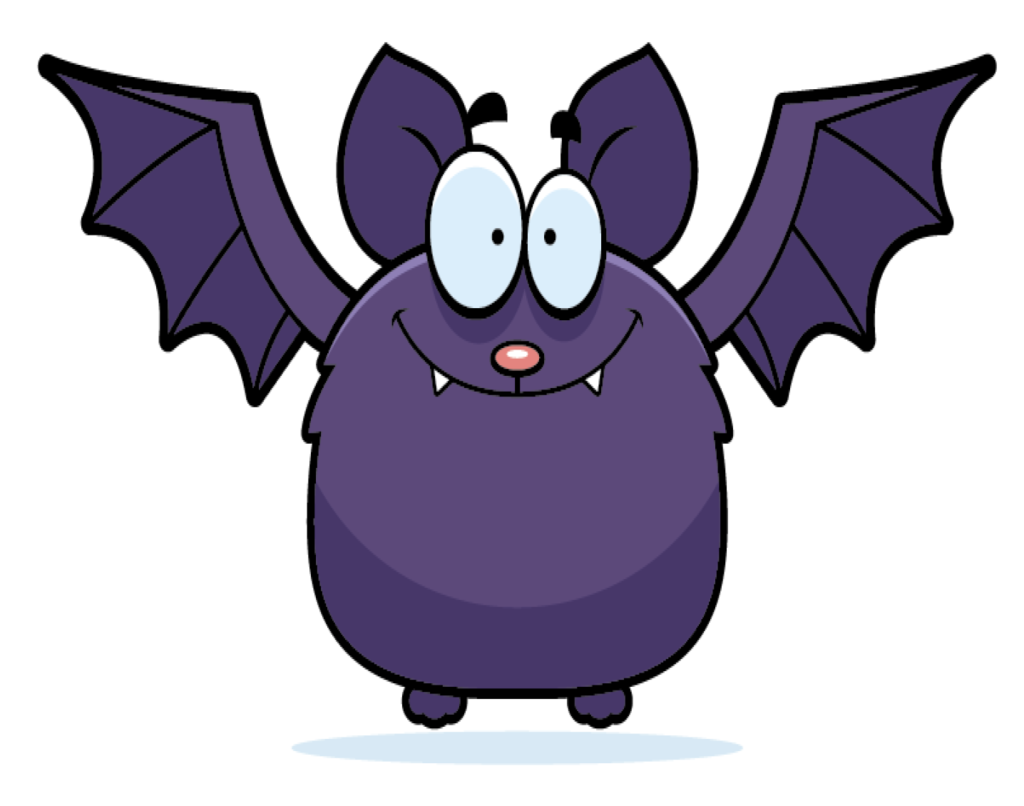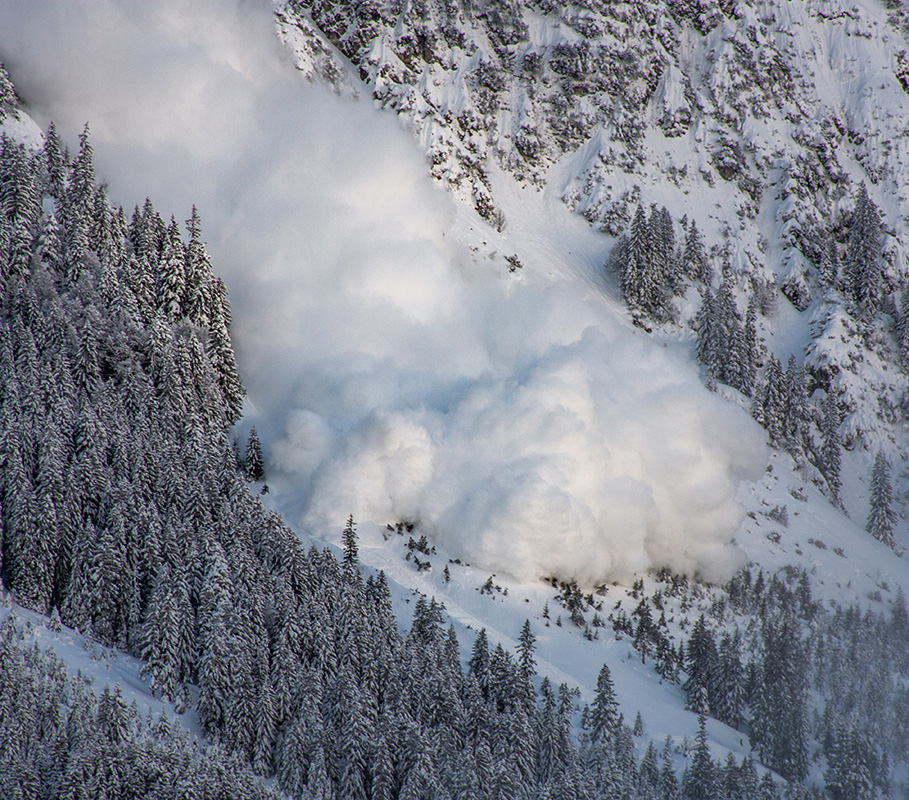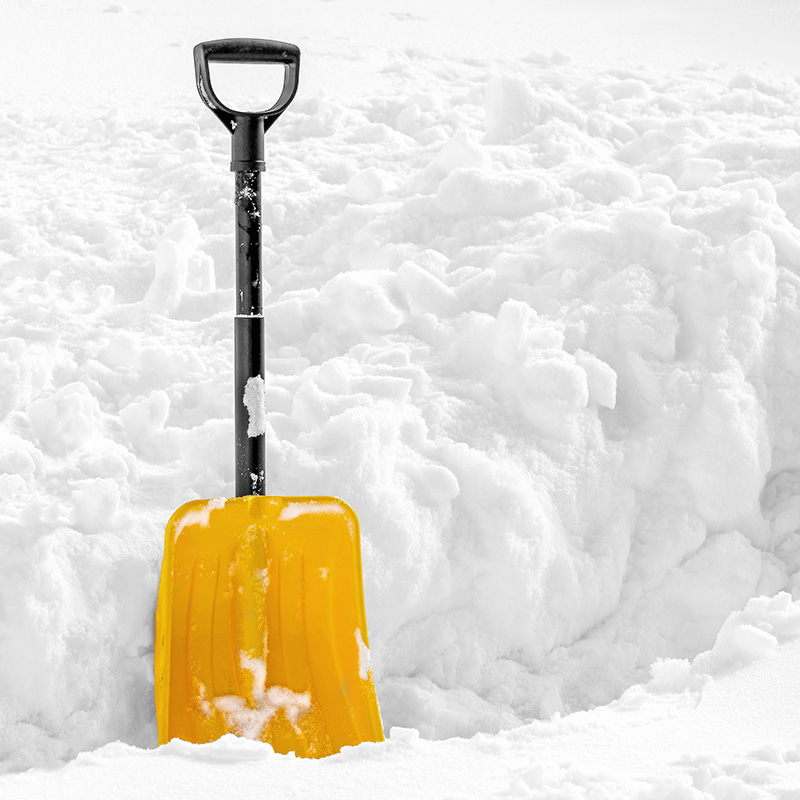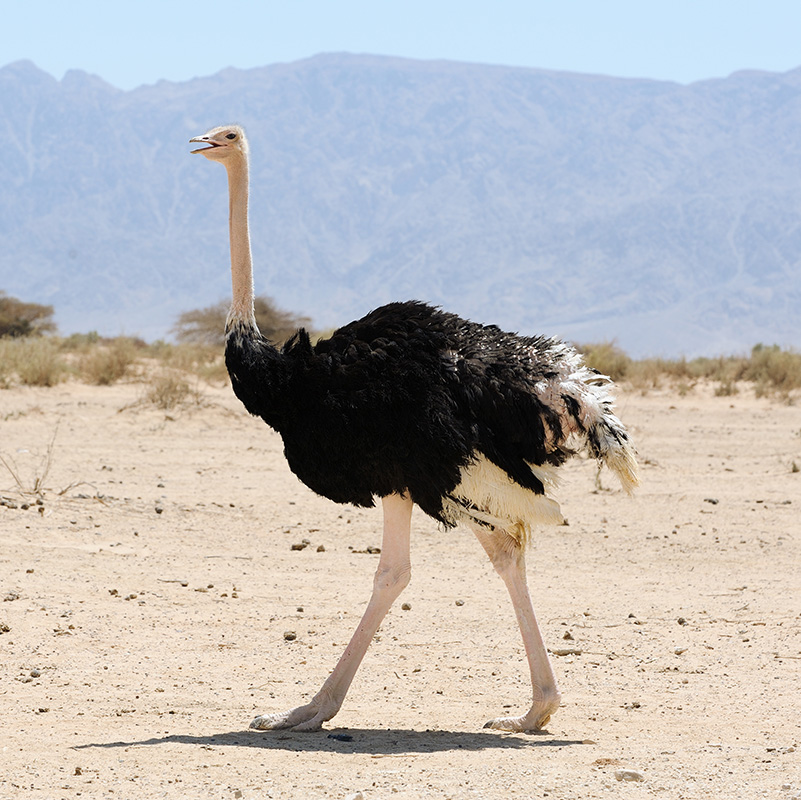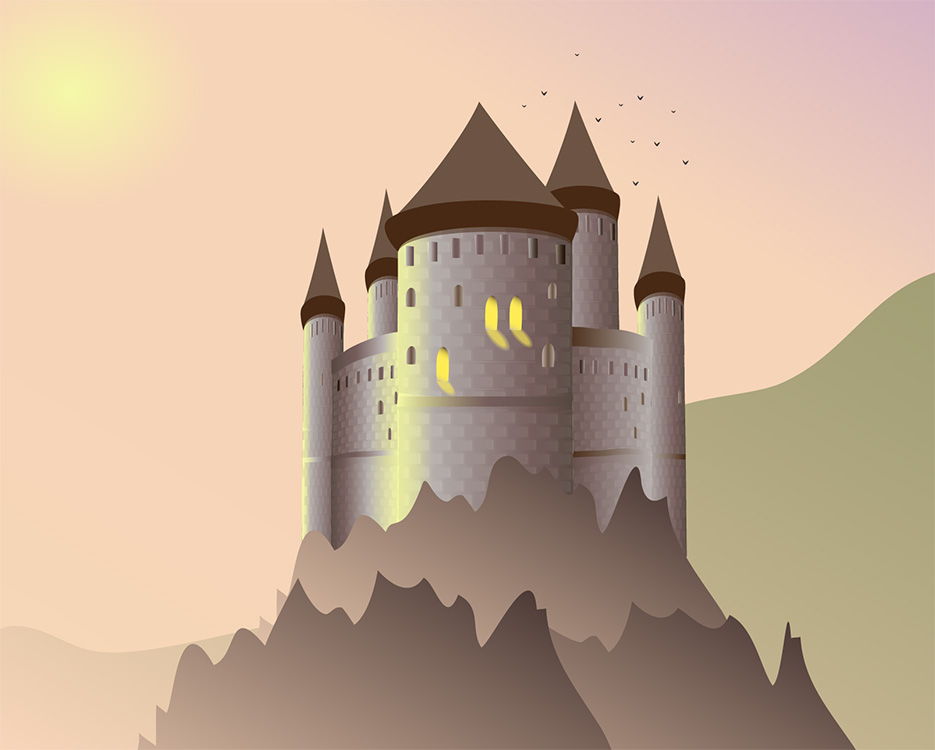by S.M. Ford
 The weather’s bad. The kids are tired of playing in the house. You’re tired of having them inside. You’ve run out of ideas to keep them happy and occupied. They’re fighting and fussing. You’re counting the hours until bedtime, but thinking they’ve had plenty of TV. Why not change everyone’s attitude by planning a Rainy Day Campout?
The weather’s bad. The kids are tired of playing in the house. You’re tired of having them inside. You’ve run out of ideas to keep them happy and occupied. They’re fighting and fussing. You’re counting the hours until bedtime, but thinking they’ve had plenty of TV. Why not change everyone’s attitude by planning a Rainy Day Campout?
First, decide where you’re going to go. Will you turn one room in your house into the forest, the lake, the mountains, the ocean, the desert? Things to consider when making your decision:
- Nature or ethnic music you might have to help set the scene
- Souvenirs from a real trip for added reality
- Artwork by the children that could be used for scenery
- Food in the house for an appropriate dinner menu
- Real camping gear you could use: inner tubes, beach chairs, camping stools, picnic basket, cooler, etc.
If it’s still quite early in the day, you might want to plan simple art projects in another room. Think of things the kids can draw or make that will fit the setting. Or make construction paper trees to hang on the walls. Are there props the kids can find in their toys and rooms? Perhaps you’ll want them to make signs for the campground: “Outhouse” or “Restrooms,” “Trail to Summit,” “Picnic Area,” “Swimming Area – No Boats,” etc.
Next, get the kids involved. “How would you like to go on a Rainy Day Campout? I thought we’d go to the redwood forest. I’ll get the tent and the food ready. You kids need to pack for the trip.” Tell them they need:
- Pajamas for tonight
- Clean clothes for tomorrow
- Their toothbrush
- Their sleeping bag (or blankets if they don’t have one)
- Their pillow
- Appropriate clothing for the destination (i.e. swim suit and towel for the lake, hiking shoes for the mountains)Allow your children to pack their own backpack or suitcase. You can suggest items such as flashlights, hats, sweatshirts, sunglasses, a stuffed animal to sleep with, etc. Not only will this keep them busy while you prepare the room, but it will also give them practice in packing. If your child can read, you can make him a list. Decide on a meeting place when everyone is ready (Ellen’s bedroom, the kitchen, etc.).Now that they are busy for a few minutes, you can start preparing the room. You might need to push furniture back against the walls or put the rocking chair in another room. If you have a fireplace you might plan to build a fire later on. Or instead use a small lamp with a sturdy base as the main ingredient for your “campfire.” You could change the look of the room by draping blankets over furniture. Close the blinds or drapes to block everyone’s view of the dismal weather. Set out any scene enhancers (seashells, pine cones, stuffed animals appropriate for the location). Start your nature music at a low volume. You may want to include your children when setting up your camping room, though some might enjoy the surprise of seeing the completed “scene.”Collect, but don’t set up, your camping gear. If you have a 2-3 man pop up tent, it can work well in the house. If not, plan to make a tent using blankets or sheets and chairs and clothespins or safety pins.
Meet the kids in the designated meeting room. You might:
- ask questions to see if each child packed appropriately
- ask how your family goes to the mountains or lake (by car, plane, bike)
- talk about how long it takes to get there
- talk about what you might see on the way and encourage sound effects
- show them their camping destination on a map
- have everyone pretend to get into the preferred mode of transportation and “go” on your trip
- hike from your vehicle to your “campsite”Make all this as simple or as complicated as you desire as long as your kids continue being interested.Once at the campsite, involve the kids in setting up. Put up the tent. The children could chose their sleeping spots in the tent. Sleeping bags and backpacks can go inside.Pretend you are really at your chosen site. Are you swimming in the lake, picking blackberries, or building sand castles? Kids will love wearing their swimsuit to the pretend lake or using buckets and shovels at the pretend ocean.
As evening approaches build your “campfire.” Perhaps you can dispense with all other lights in your house, except flashlights. (No TV allowed!) Prepare your dinner and either eat it around the campfire (you might want a tarp spread first) or at the “picnic” table. Perhaps you have a camping tablecloth you normally use—go ahead and put it on the table along with paper plates or camping dishes. For dessert make S’Mores. If you don’t have a fireplace, use the microwave (recipe below). Or maybe there’s an “Ice Cream Stand” at your beach. Kids can buy ice cream with play money.
After dinner the whole family can sit around the campfire singing songs, telling stories, playing simple games. (Use a CD such as “Wee Sing Silly Songs” or a book of stories if you need to.) Perhaps drink hot chocolate and eat popcorn. Does your setting have mosquitoes? Don’t forget to put on the pretend bug repellent.
Can you see the stars? What sounds do you hear at night at your site? The swishing of the ocean? The breeze in the trees? An owl?
At bedtime have the kids change into their pajamas inside the tent. Once in their sleeping bags, your children may want to talk. Or you may find they are worn out from their exciting day and may fall asleep quickly, leaving you and your spouse to the solitude of the glowing campfire.

